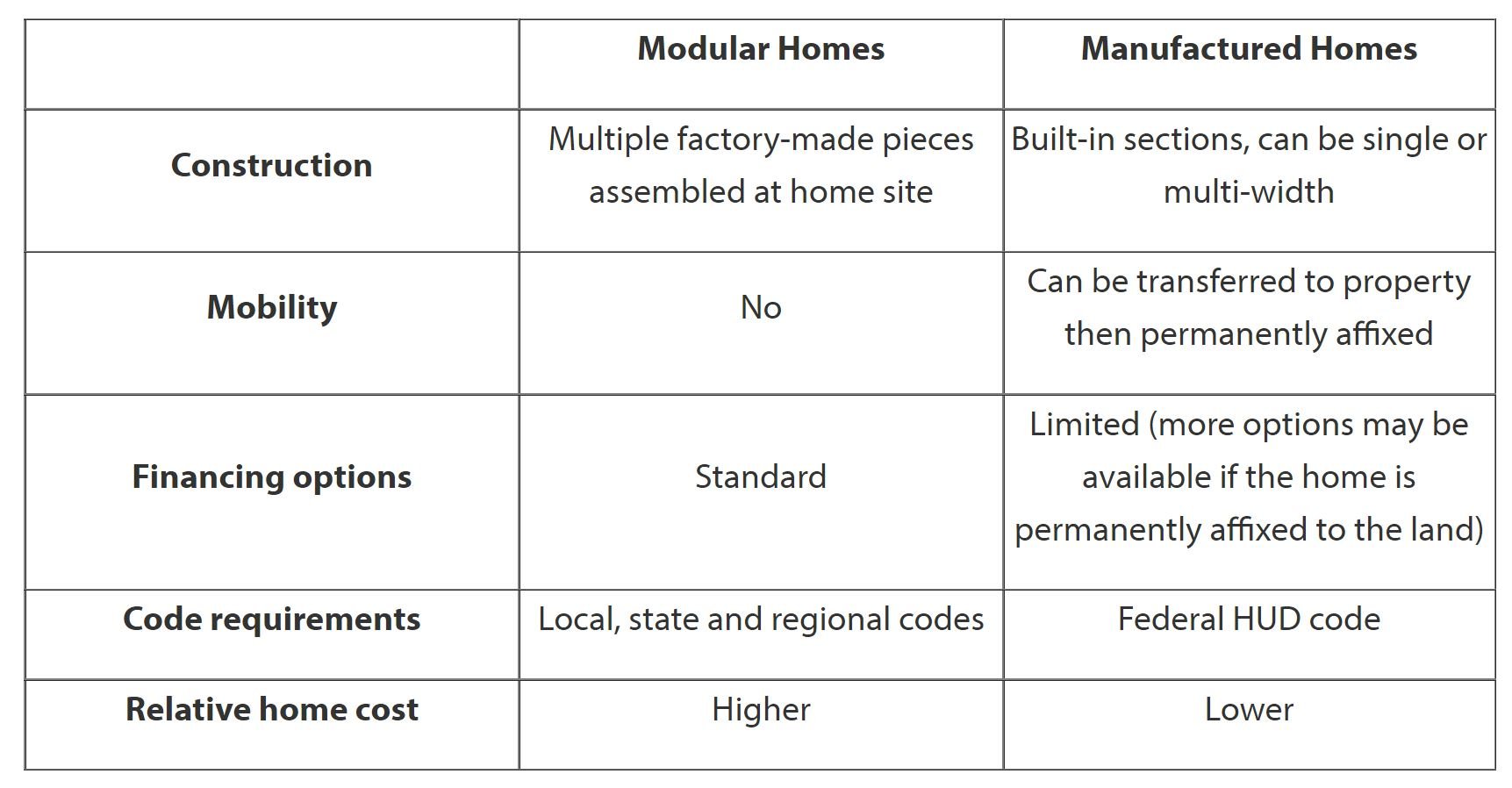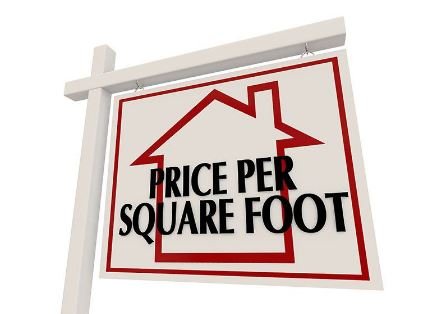When either making the appointment or at the property I often hear things like “I’m sorry but I didn’t get a chance to cut my lawn” or “Please excuse the mess as we are packing and have boxes everywhere” or “We are planning on having a deck built later this year and replace the windows after that”.
What ARE we looking for when we are at your property?
You’ve just had an appraiser show up at your door for the appraisal. You now have a stranger in your house that is peering into areas of your home that any other person would need a warrant to see, who will be developing a report that in some instances can have a major impact on your objectives: the purchase of a new home, the ability to take cash out and make needed repairs, refinance to take advantage of rates to get lower monthly payments, etc. Not knowing what they are looking for can leave one feeling pretty anxious.
First, lawn maintenance and tidiness are not on our list. While it is easier to view what we need when the house is neat and tidy, it is not a priority. We are given the liberty to make assumptions that what is not visible is consistent with what is visible. If the carpet and walls appear to be in good condition, then the assumption is made that the carpet under the couch doesn’t have a horrible stain or the wall behind the large mirror does not have extensive damage. Imagine if we had to move everything out of the way so that we see 100% of every surface. A little bit of clutter doesn’t change the way we make assumptions.
To simplify the basic list of what we DO look for when we arrive at your property
size, style, quality and condition.
On the exterior we measure to determine the overall size of the structure(s). This helps us to calculate the gross living area (GLA) and other building areas such as garages, barns, sheds, etc.
Then we are looking at the style, materials and workmanship- ranch vs cape cod, attached garage vs detached garage, brick vs vinyl, metal vs composite shingle, plain design vs ornate and detailed, basic materials vs high end materials, new vs old. Each of these details are documented in order to give us a clear picture of the size, quality and condition.
On the interior, as we walk through the house, we are also determining the same things in addition to the utility or functionality of the property. Overall, how many rooms/bedrooms/bathrooms are there and what is the layout? Is it a 50 year old house with mostly original finishes, has everything been remodeled recently or something in between? Have the short lived items been replaced- hot water tank, furnace, carpeting, etc.? Is it stock grade cabinetry or is it a custom kitchen with all the bells and whistles? Are there 2 bathrooms or 4 bathrooms? All of these details matter.
In all honesty, I don’t even see the dozens of boxes that are packed and waiting for the moving truck to load and bring them to another location. I do notice the newly refinished hardwood flooring, the new furnace, the older plastic tile bathroom (yes we have plastic tile bathrooms in our area- once popular in the 50’s and 60’s), the lack of GFCI outlets near water sources, the settlement cracks in the basement, etc.
For those improvements you are planning to make, unless we are doing an appraisal that is “subject to” these things being completed in the future, what you are planning to do will have no impact on the value. Conversely, the renovations you have made over the years also have little impact in light of what it used to be. We base our analysis on what exists now. It is good for us to know and have a list of those improvements so that our information is accurate. However, if you had carpet when you purchased the property 15 years ago and have since replaced it with hardwood flooring and ceramic tile, what matters is that you currently have the hardwood flooring and ceramic tile.
The next time you are having an appraisal completed on your home, having the regular maintenance of your yard completed and the housekeeping tidy is helpful so that we can see as much of the property in its best light as possible. However, this has little impact on the size, quality and condition of the components that exist the day we are at your property collecting all this data. The existing salient features, their quality and condition are what we are looking for.



















